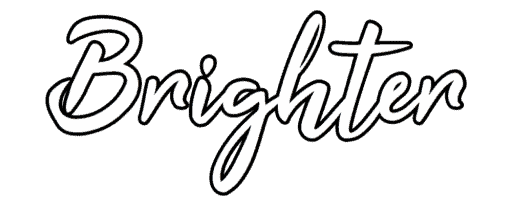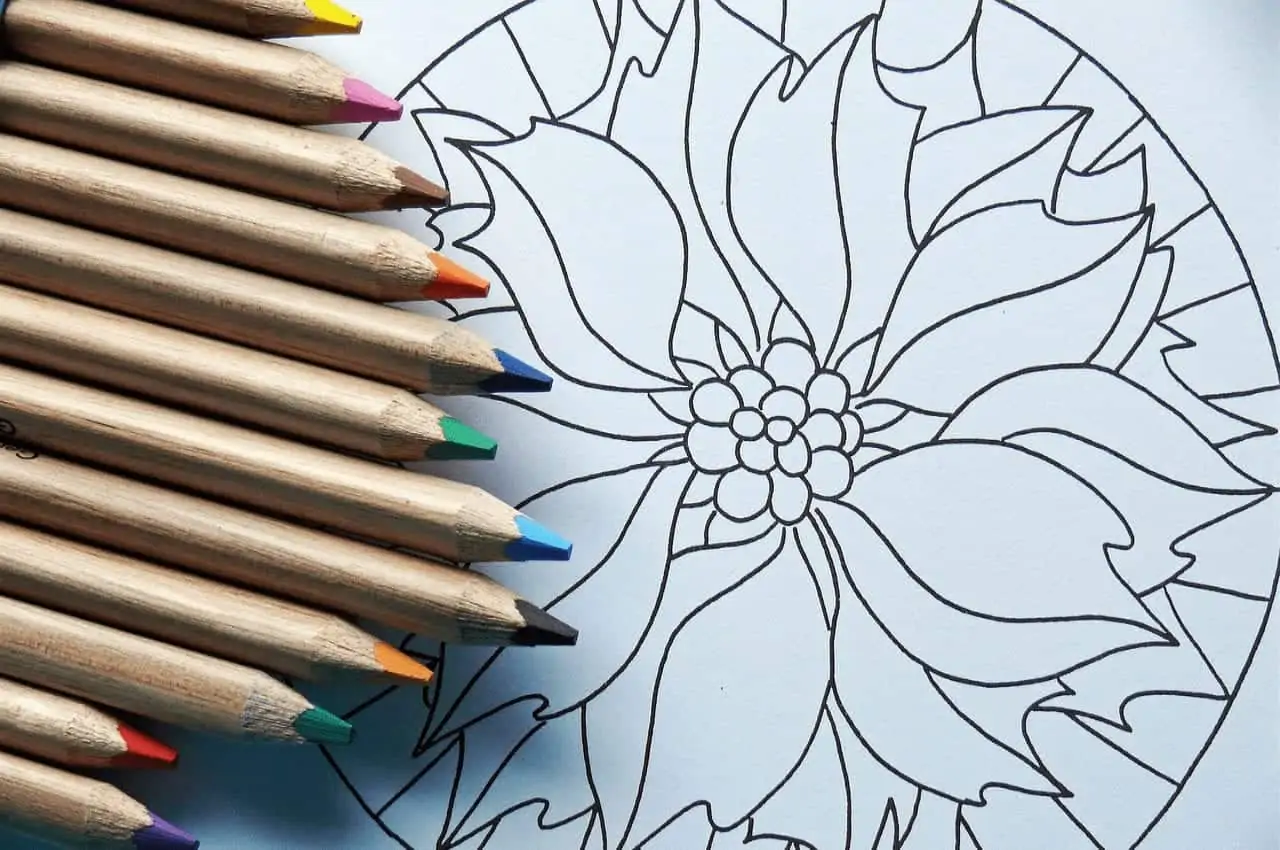Negative space is a concept that is often used in visual arts to refer to the empty space surrounding an object in a composition. It is a crucial aspect of art that can impact the overall balance, harmony, and visual interest of a piece. In this guide, we will explore what negative space is, its role in art, and how it can be used to enhance your compositions.
Table of Contents
Understanding Negative Space
Negative space refers to the background or the empty space between, around, or within objects in a composition. It can be thought of as the space that is not occupied by the main subject or objects in a scene. Negative space is often used to create the illusion of depth, distance, and volume, and to define the edges of an object by contrasting it with the surrounding space.
Negative space can be used in a variety of ways, from creating visual interest to emphasizing a subject or creating illusions. It can also impact the overall mood and atmosphere of a composition, for example, a large amount of negative space can give a feeling of emptiness or stillness, while a small amount of negative space can create a sense of clutter or tension.

The Role of Negative Space in Art
Negative space plays an important role in creating balance and harmony in any composition. It is a great tool to help you get the layout of any painting or drawing right. It can be used to:
- Create visual interest: Negative space can be used to create visual interest by providing a contrast to the main subject or objects in a scene. This can be achieved by using contrasting colors, textures, or shapes in the negative space.
- Emphasize a subject: By surrounding a subject with negative space, it can be emphasized and made to stand out in a composition. This technique is commonly used in portrait photography and painting to draw attention to the subject’s face.
- Create illusions: Negative space can be used to create the illusion of depth, distance, and 3-dimensionality in any of your paintings and drawings. This can be achieved by using contrasting values and colors in the negative space to give the illusion of a three-dimensional space.
- Balance a composition: Negative space can be used to balance a composition by providing a contrast to the main subject or objects. A well-balanced composition will have a harmonious distribution of positive and negative space.

Using Negative Space in Your Art
Negative space can be used in a variety of ways to create different effects in any composition you attempt. Here are a few tips to help you use negative space better into your drawings and paintings:
- Think about balance: Consider how negative space can be used to balance your composition and create visual interest. If the subject is dark then keeping the negative space light will highlight the dark subjects. On the other hand if the colors of the suject are lighter subdued shades you can use a darker negative space to highlight them.
- Use contrast: Use negative space to create contrast and make your subjects stand out. Understanding color theory and the way primary colors and secondary colors interact can help you create the color balance and gradients needed to paint or draw exactly what you want.
- Experiment with placement: Experiment with different placements of negative space to see how it can impact the overall look of your composition. Learning how to layout a painting or drawing well is one the the hardest things to get right when painting or drawing.
- Pay attention to edges: Use negative space to define the edges of an object and create the illusion of depth and volume. You can do this by carefully considering the placement of your subjects and the negative space around them.

Conclusion
Negative space is an important aspect of visual art to consider when creating any drawing or painting. By understanding its role and learning how it can be used, you can improve every drawing and painting you do and take your art up to the next level.
Whether you are a beginner or an experienced artist, using negative space well in your art can help you create more realistic, interesting, dynamic, and visually appealing paintings and drawings.




